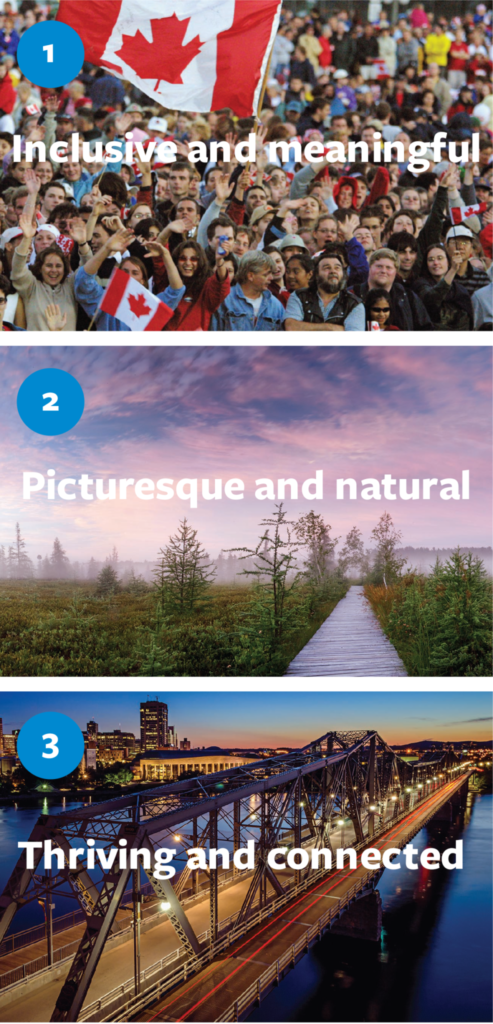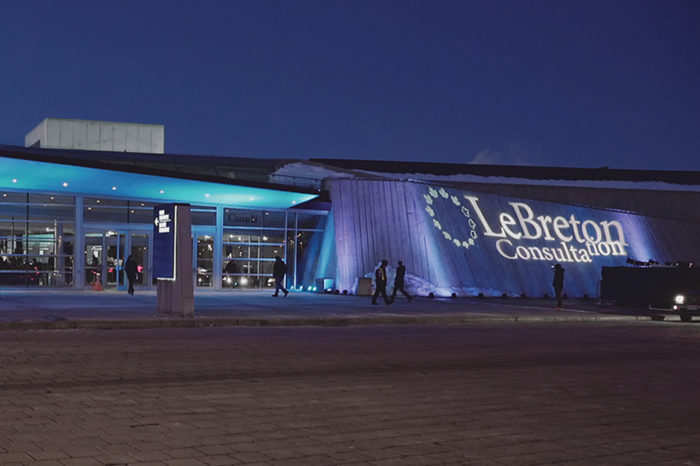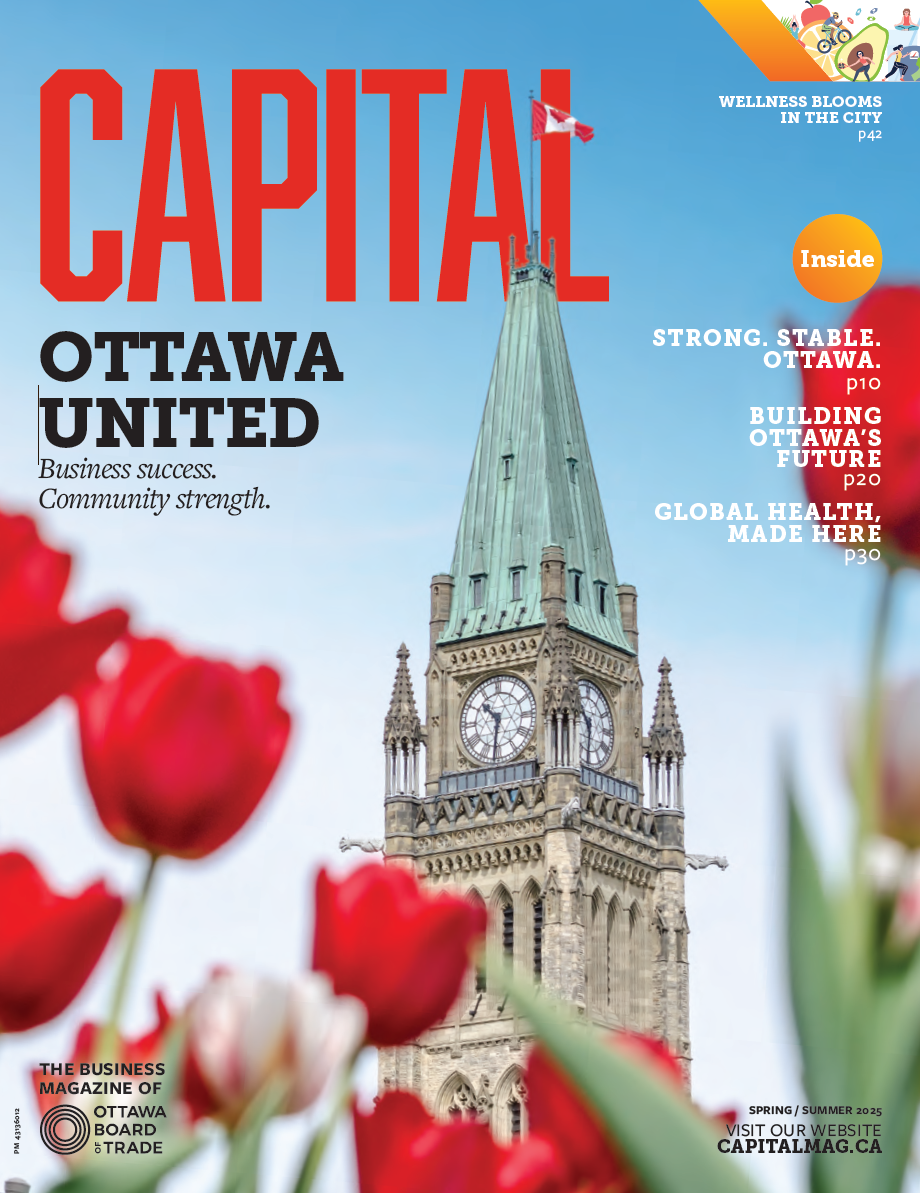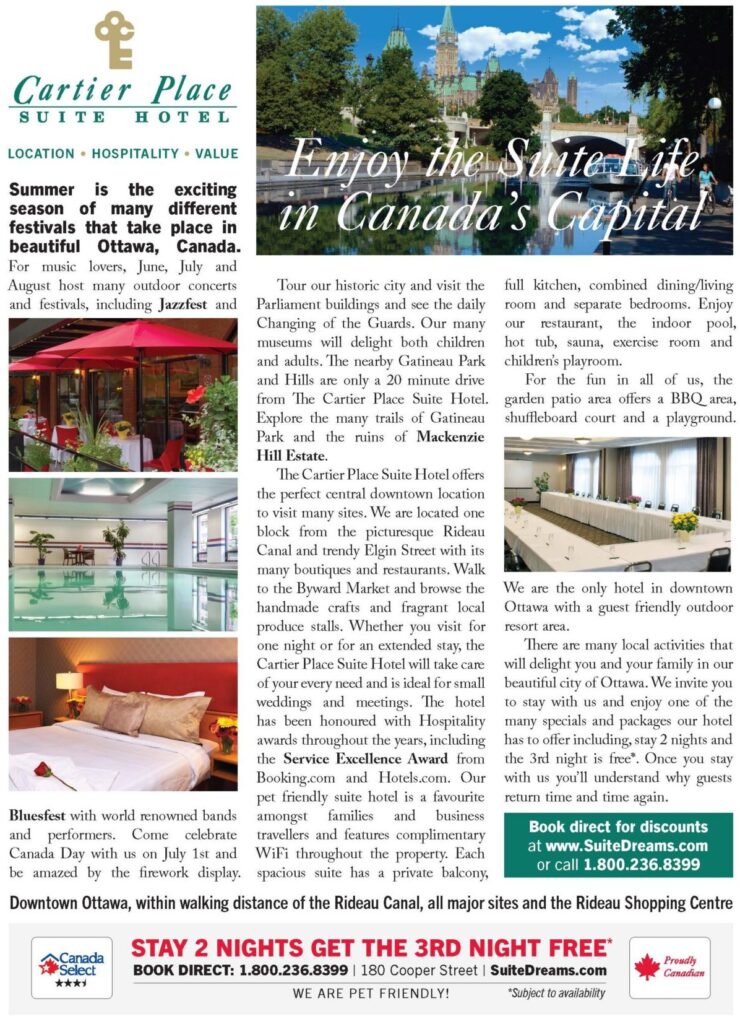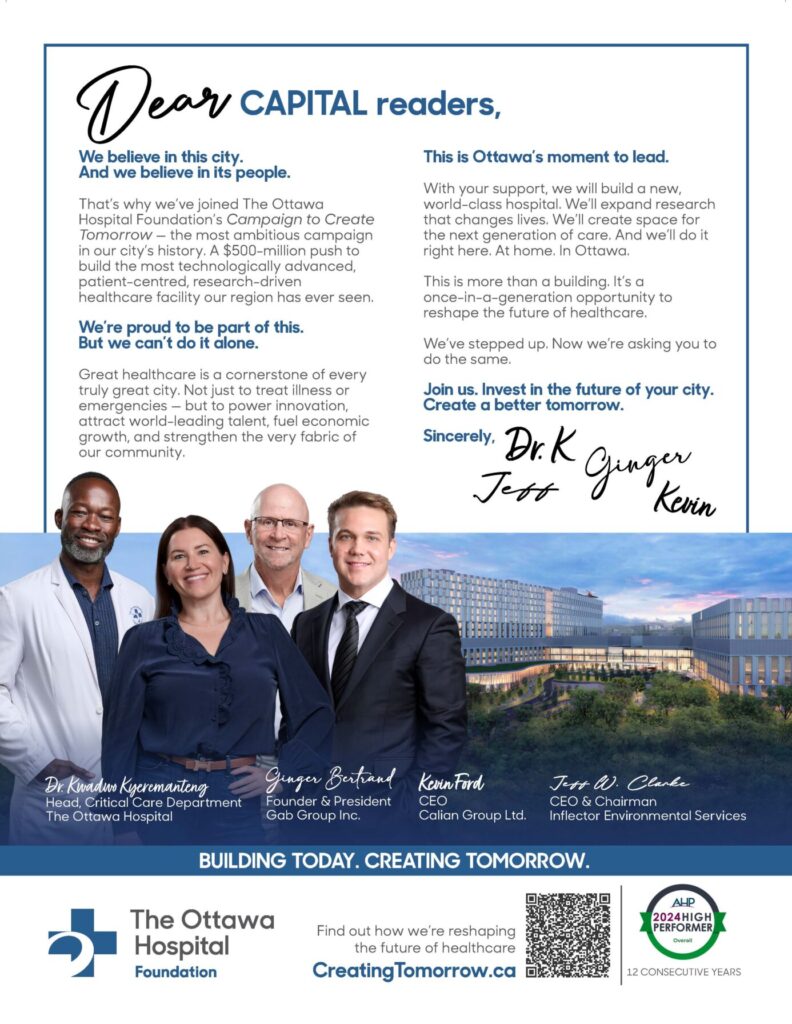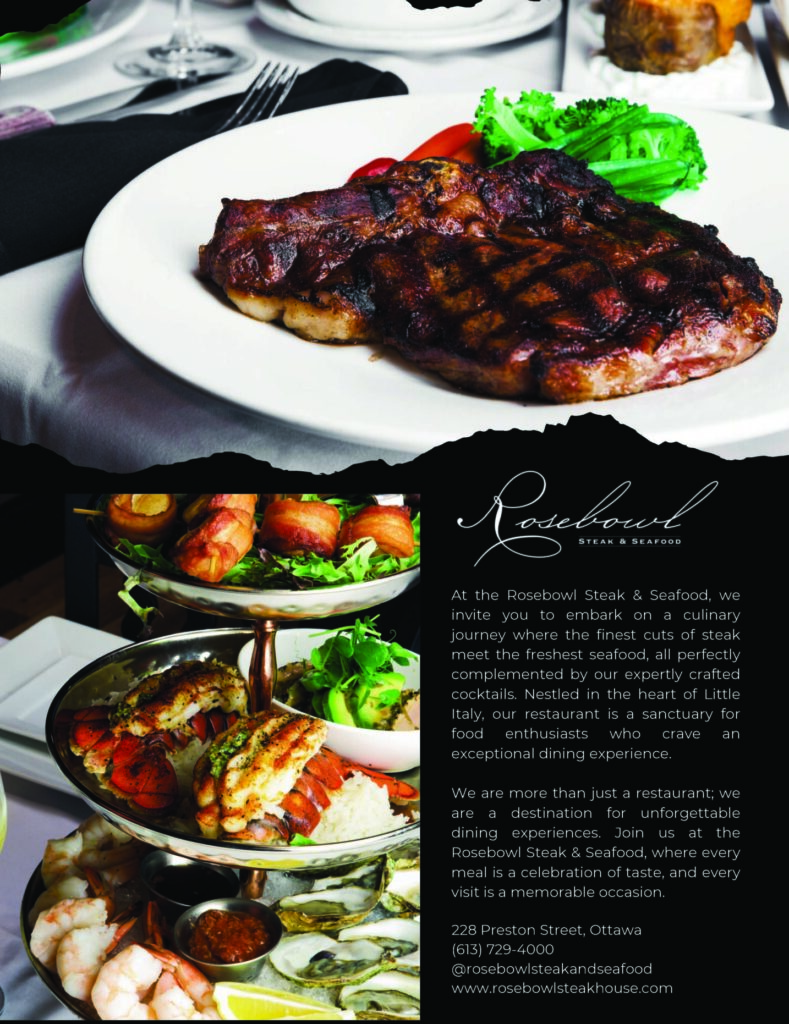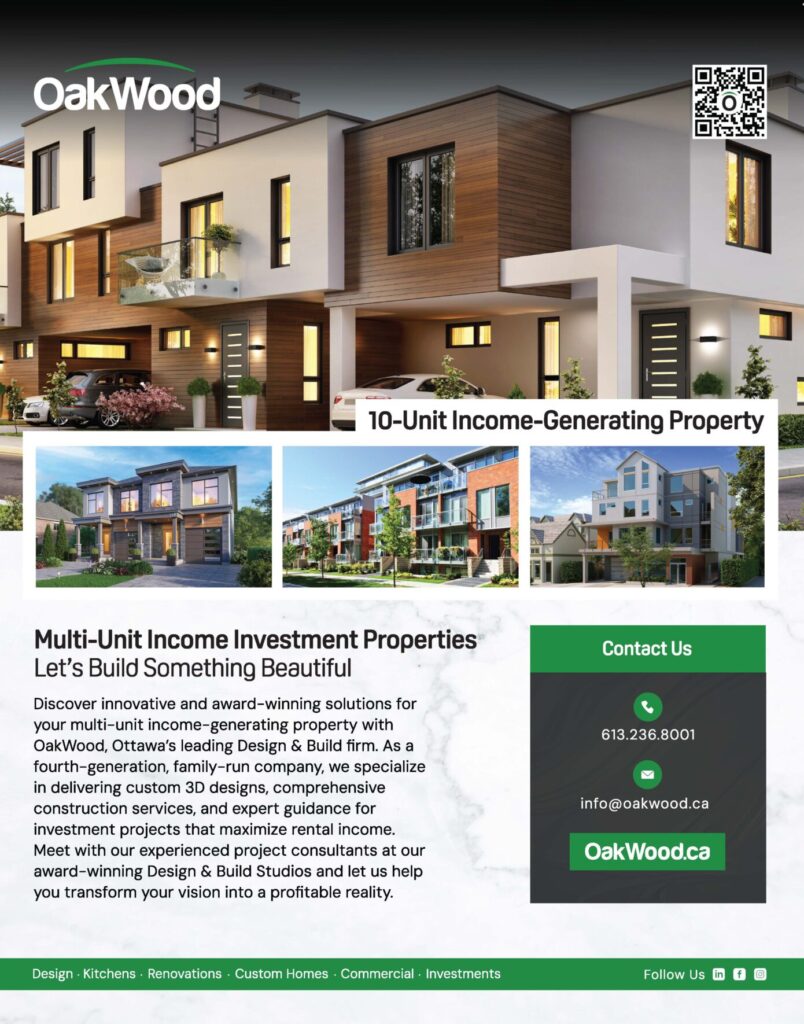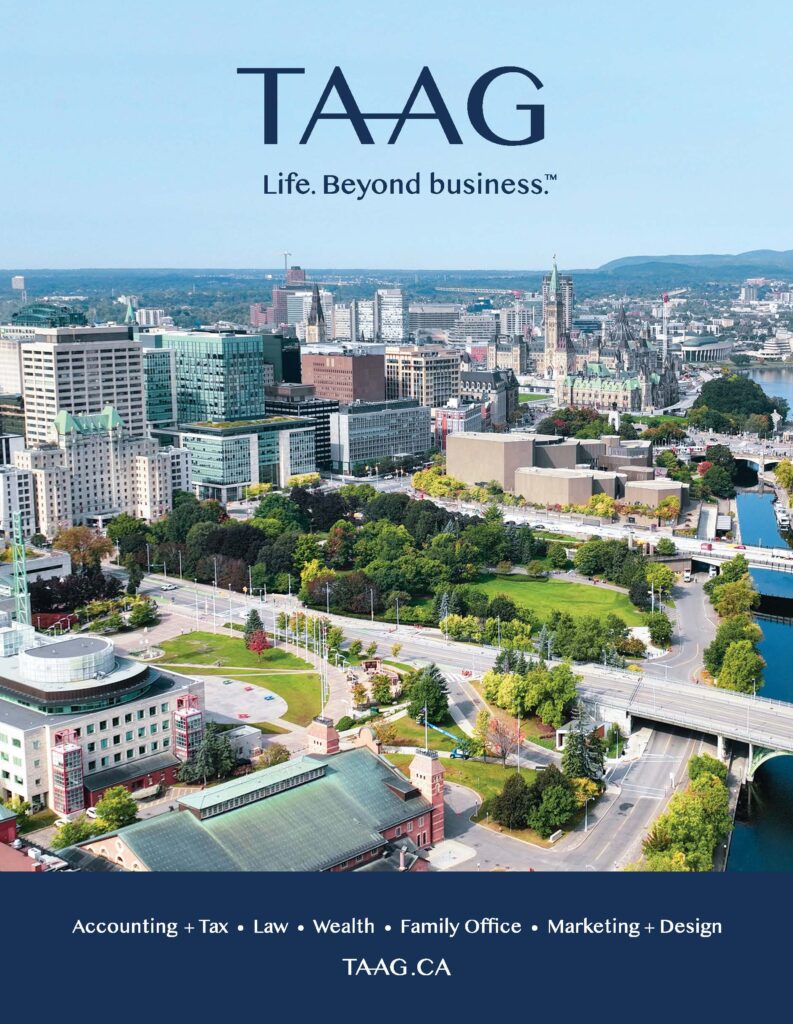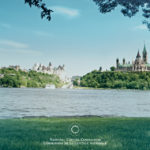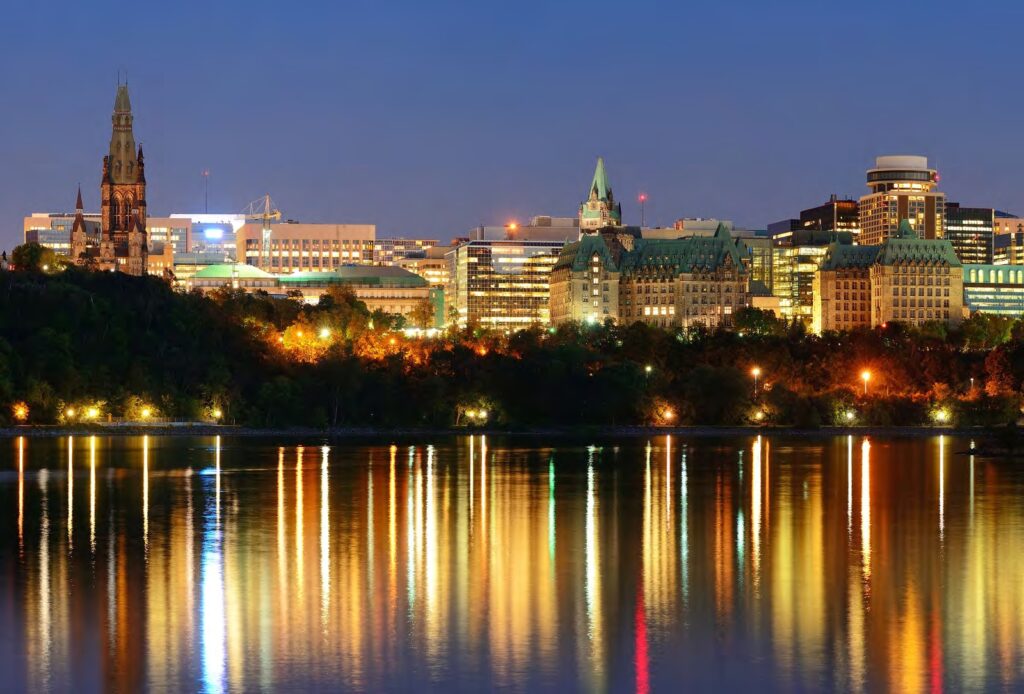Building the Capital – Crowdsourcing Canadian Aspirations for a Capital Plan
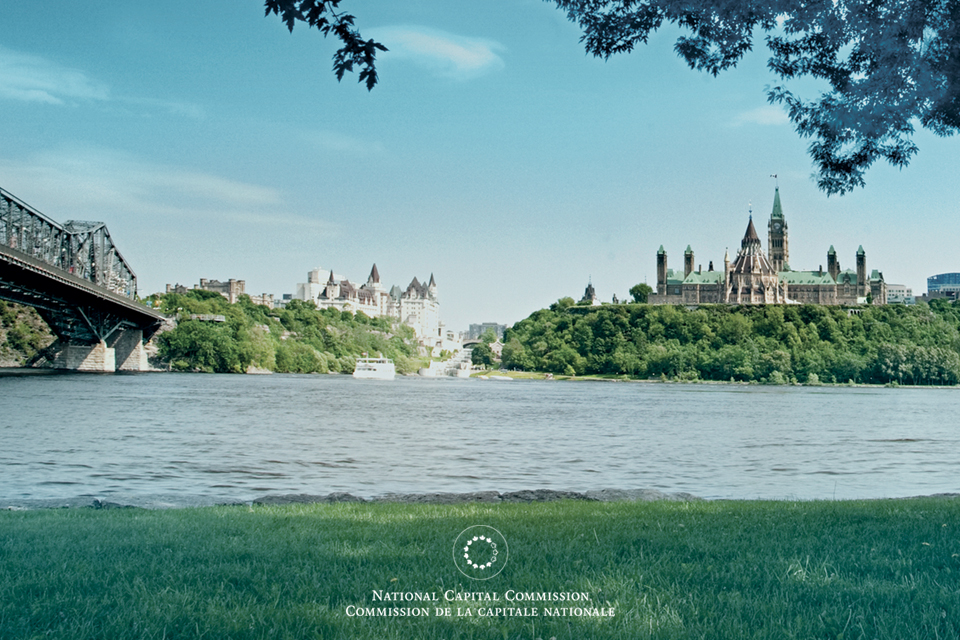
Canada’s sesquicentennial has presented the National Capital Commission (NCC) with a rare opportunity to focus Canadians’ attention on their nation’s capital and its future.
FIFTY YEARS AGO, the NCC’s Director of the Information and Historical Division, PeterH. Aykroyd (yes, the father of Dan), left to join the 1967 Centennial Commission with a series of ideas and axioms that have withstood the test of time. “Provide continuity and restatement, reminding people of the past that shapes the present,” he wrote. “Reassure the people of the value and worth of shared history by recognizing achievement and growth.”
With more than 537 kms of territory and 1,700 properties in Ottawa and Gatineau, which include much-loved national symbols and heritage landscapes, the NCC is well positioned to remind people about how the past shapes the present, and moreover—and again this is Peter’s advice—“to seek out and accentuate unifying elements.”
One way to do this has been demonstrated by the Plan for Canada’s Capital, 2017–2067, for which the NCC collected the aspirations of Canadians to offer a vision for Canada’s capital that will be a beacon for decision-makers and citizens in the coming decades.
Unlike the singular vision of a master urban planner, à la Jacques Gréber, this “people’s plan” reflects the views of tens of thousands of Canadians from coast to coast to coast. They helped elaborate it’s three clear themes, and they suggested 17 milestone projects for the capital in the coming decades.
In its role as the long-term planner of the capital, the NCC champions a “design thinking” approach in order to learn from the best urban, environmental and inclusive design from around the world.
Through the federal land use, design and transaction approval process, and more informally in the NCC’s Urbanism Lab, we seek to imbue design excellence in urban design and planning. These high standards are a key part of the value proposition for many organizations and individuals when they decide where in the world they will live, invest, work and play. The results are evident in the high level of design in projects such as the renewal of the National Arts Centre and the Canada Science and Technology Museum, and the redevelopment of LeBreton Flats.
The sesquicentennial has also provided an opportunity to reanimate the NCC’s most underused, but architecturally significant, properties. Through a series of inspiring community partnerships, 10 properties— including 7 Clarence, 50 Sussex, the Moore Farm, and Victoria Island—have been reborn as Confederation Pavilions for Canada 150 and beyond.
Ensuring that our capital realizes this vision requires close collaboration between all levels of government, the private sector, and civil society. At the outset, the relationship with the host Algonquin Anishinabeg must form the basis of a truly inclusive and meaningful capital for all Canadians.
We should not forget what Peter Aykroyd said of the centennial half a century ago: “Make sure it’s fun, but also allow for dignity and emotion.” In the coming years, I look forward to building on our relationships, working closely with our municipal partners, being a good ally and collaborating with all stakeholders to ensure that our capital reflects the aspirations of all Canadians, through exemplary planning and stewardship of our rich natural and built heritage.
The plan for Canada’s capital has three themes
Find out more at capital2067.ca
